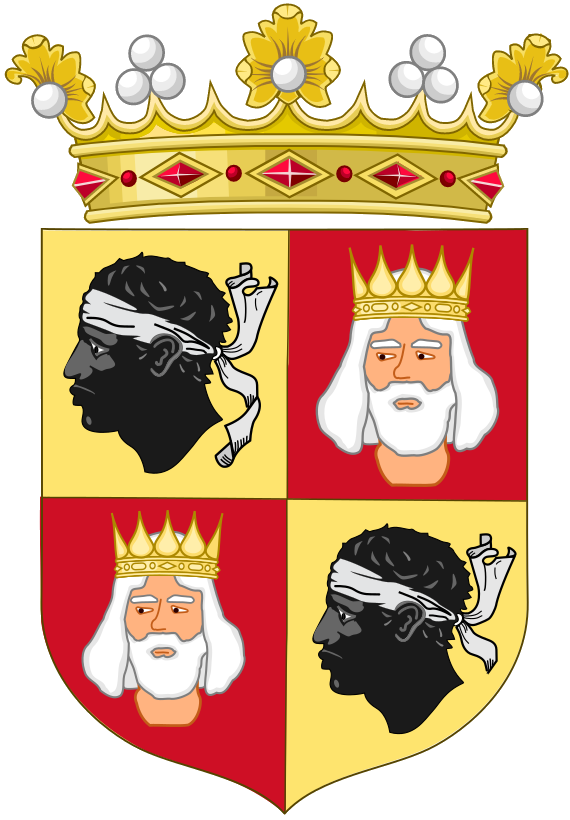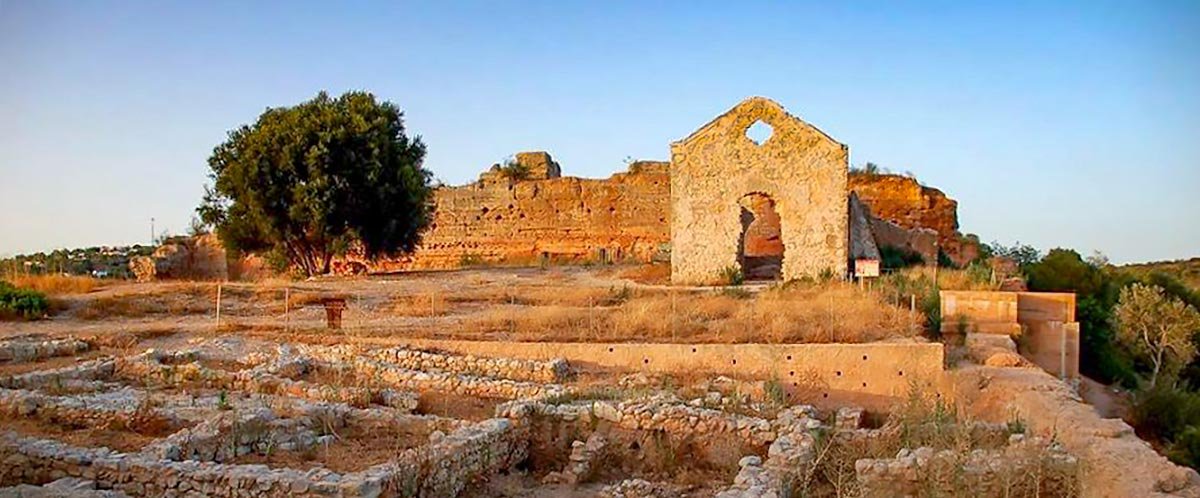
The Fascinating tale of the Algarve
For a rather small region, less than 200 kilometres in length & 50 kilometres wide, the Algarve has a truly fascinating historic tale to tell.
Between 700BC & 1086 the Algarve had been invaded by Celtic settlers, Romans, barbarian tribes from central Europe, Visigoths, Muslim Berbers & Arabs, known collectively as Moors and Almoravides of North Africa. It was only after King Afonso III of Portugal re-conquered the Algarve, or “al-Gharb” as it was coined by the Moors, that the Moorish rule ended and sovereignty was claimed by King João I after defending Portugal against a Castilian army.
One of King João’s sons, Prince Henry ‘the Navigator’ is famous for becoming the governor of the Algarve in 1418 and for his School of Navigation in Sagres, which delivered improvements in offshore navigation and led to the redesigning of the caravel to enable long ocean journeys. This period of sea voyage became known as the Portuguese Discoveries and the explorations led to the ‘discovery’ of Madeira, the Azores, Cape Verde, and West Africa as far as Sierra Leone.
History was again re-written in 1580 when King Philip II of Spain claimed the Portuguese throne and united the two kingdoms. The association with the Spanish led to attacks on the Algarve from Sir Francis Drake in 1587, during which the Prince Henry’s School of Navigation in Sagres was destroyed. Portuguese retaliation against the Spanish rule in the 1600’s restored Portuguese independence in 1640. This, however, was not the end of the troubles for Portugal or the Algarve. In 1755 Portugal was hit by an earthquake – Lisbon was destroyed along with much of the Algarve and Alentejo.
France then invaded under Napoleon, but was forced to withdraw when British troops helped out in the Peninsula War between 1808 & 1811. Although then stable from external attacks, internal conflicts in Portugal led to the assassination of King Carlos I and King Manuel II was forced to abdicate in 1910 during the Republican Revolution, which ultimately bought an end to the monarchy.
April 1974 was another important historic milestone for Portugal, when a group of radical army officers carried out a bloodless coup, known as the ‘Carnation Revolution’ because the soldiers carried flowers in their rifle barrels. The revolution ended 50 years of dictatorship and initiated a democratic constitution which led to victory for the Socialists with the government being led by Prime Minister Mário Soares. April 25th is now one of the major holidays in Portugal to remember ‘Freedom Day‘. In 1986 Portugal joined the European Union (EU) and Mário Soares became the first civilian President of Portugal.
Although this is a rather brief glimpse of Portugal and Algarve history, we hope that it serves to intrigue you so you come and visit the Algarve to find out more about the history, discover for yourself more about the history, traditions and gastronomy of this wonderful region. The great thing about Algarve history is that there are still so many reminders present today: much of Lagos is still enclosed in the old town walls, there are impressive forts still guarding Sagres, Castro Marim and Lagos for example and the largest castle in the Algarve is to be found at Silves. The importance of Henry the Navigator has been remembered over the years through the construction of statues, and his name is often incorporated into street names, and business names. For example in Praça Infante Dom Henrique, Lagos, there is a large bronze statue of him holding his sextant (device that greatly facilitated sea navigation and that was invented by Portuguese navigators) and gazing out to sea.





